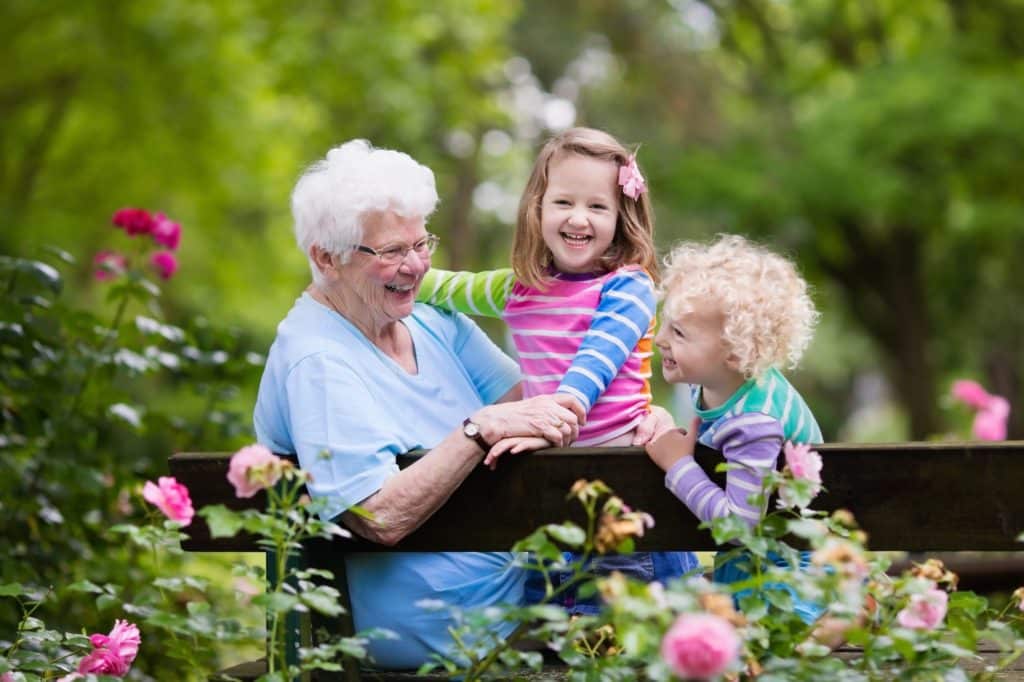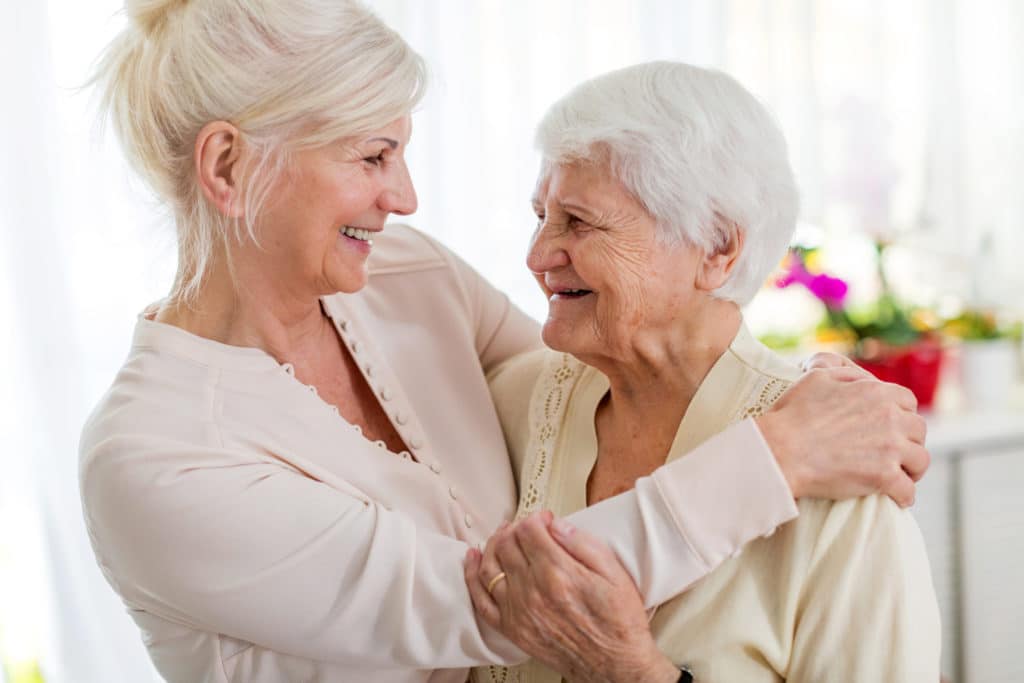
Technology is changing the world around us, and the aged care industry is no exception.
New innovations make life safer for people who live in care, and easier for those who work in aged care homes, while also bringing peace of mind to those who have a loved one in care.
From data management to augmented reality, here are some recent and upcoming innovations that are helping to improve quality of life for seniors in aged care.
Safety, falls prevention and alarm technology
Elderly Australians are at an increased risk for falls and injuries, however they can also feel an invasion of their privacy if they are constantly monitored.
Regular fall checks are helpful but if a fall does occur in between checks, the resident can find themselves alone for a period of several minutes until discovered. This is why more and more technologies are emerging to alert aged care home staff the moment an elderly person loses their footing.
- Alert buttons: One of the oldest but most reliable forms of safety employed in aged care facilities is the alert button. There are usually several on the walls around a resident’s living space. Most are placed at knee or hip level for easy access in the event of a fall. When pressed, the relevant staff will know there is trouble and come right away.
- Wearables: While alert buttons have proven effective over the years, they do have their flaws. If a resident hasn’t fallen near enough to the sensor or button, they must find a way to reach it. This can cause undue stress and strain on an already stressed body. Wearable alarms are the solution. They come in many forms and styles but the most basic simply provide an emergency button that the resident can wear at all times and press in the event of an emergency.
- Monitors: Wearable health monitors are another recent innovation that is revolutionising the aged care industry. Many personal alarms also double as heart monitors. They can be worn around the neck or even as a watch. Watch monitors are a powerful tool to monitor heart rate, and immediately communicate urgent issues back to the relevant staff.
- Other trackers: Some health trackers are placed on a favourite chair or under a mattress. This can provide less intrusive tracking and take into account elderly folk forgetting to put on their wearable tracker. Recently introduced smart sensors use motion-sensitive cameras. These can recognise when a resident has a fall or hasn’t moved for a period of time.
- Facial recognition: Facial recognition has the power to improve security in aged care. Security companies are now providing solutions for aged care facilities that include facial recognition technology. For example, If a person has been identified with a condition that increases their likelihood to wander off and put their safety at risk, technologically advanced cameras can recognise them by their facial features and ensure exit doors remain locked
Facial recognition is also being used for pain management. The app PainChek uses AI, facial recognition and smartphone technology, to intelligently automate the pain assessment process.
When you research aged care homes, ask what technology is available to support safety, improve wellbeing and minimise the invasion of privacy.
Data tracking
Digital platforms have transformed the way medical and resident information is collected, stored, and shared.
Most high-quality aged care facilities these days use some kind of digital portal. Portals like Vitalcare securely store all the data on any given resident in one easy to access place. This includes health checks, notes from doctor’s appointments and dietary requirements. Any carer can share every resident’s medical history with doctors or health care workers by accessing an app.
Practitioners and care workers can enter information in real-time. Technology like this saves time, reduces mistakes and ensures seniors receive the best care.
If you have a loved one in an aged care home, the collection of data can provide peace of mind. You can ask questions about their care and have evidence shared with you. The likelihood of paper files going missing is reduced. You may even be able to access regular reports and digital updates about your loved one’s care.
Connectivity
Seniors are more digitally savvy than ever, and they appreciate the opportunity to connect with family via email and video call. More and more aged care homes offer Wi-Fi to residents so they can stay in touch with the outside world.
Activities and entertainment
VR (virtual reality) technology has advanced significantly in the last decade and is now easily accessible in the domestic market. VR is a brilliant opportunity for elderly people as it gives them the chance to explore virtual environments while staying safely at home.
More than simply entertainment and video games, VR offers multiple advantages to seniors. In some instances, it can be used to take elderly people to places they miss and assume they would never see again. Whether it is the seaside, their hometown or the streets of Venice, taking a trip only requires a VR headset. Studies have found that VR can improve and maintain cognition in the elderly.
When it comes to VR, it is definitely a case of ‘watch this space’. It will take some time before this technology is commonplace, but picture a future where VR headsets can bring people in aged care to the living rooms of loved ones in other countries. It is an exciting prospect.
Other innovations use what’s referred to as ‘augmented reality’. An example of this is the ‘Tovertafel’; a projector that applies interactive technology to enable low-impact entertainment and play and is designed for aged care residents as well as dementia patients, to reduce apathy and sadness, and stimulate physical activity in aged care home residents
Technology and aged care facilities in Australia
All aged care facilities are different. Some of the technology mentioned here is high end or currently in development.
It’s important to note that not all aged care homes have all the innovations and digital tools discussed in this article. However, new technology is rapidly and regularly becoming more accessible and cost-effective.
For aged care homes that have a focus on improving wellbeing and efficiency, the implementation of new technology helps with both. Industry frontrunners are looking forward to introducing ever more effective ways to make life more convenient for everyone who is involved with aged care.
Have a chat with the aged care facilities you are researching to find out how they use technology to make life more comfortable for residents and easier for staff.
Aged Care Decisions provides assistance to families at every stage of the aged care or home care journey. We work with over 1200 facilities and assist over 6000 families every month, 100% free of charge.







